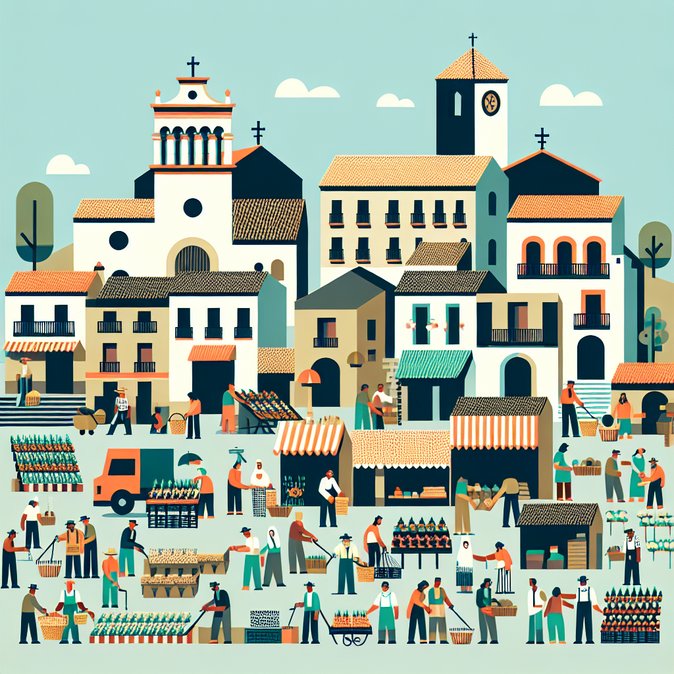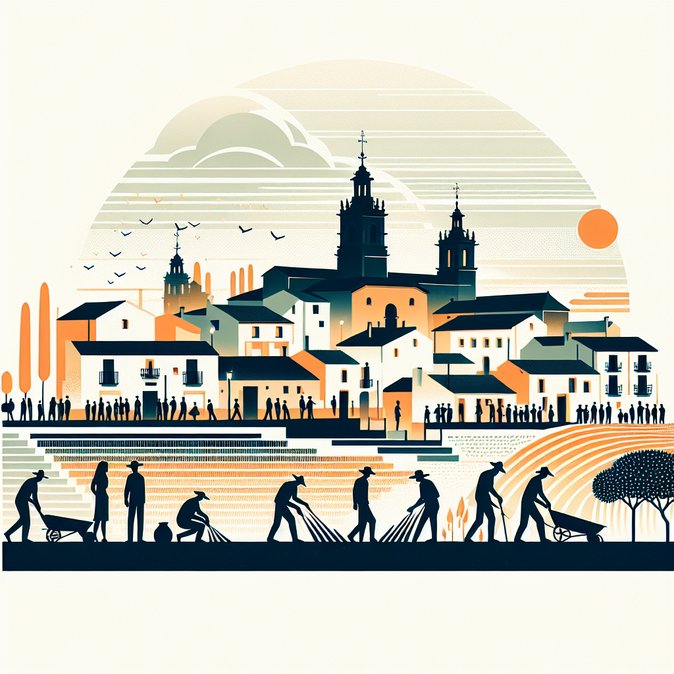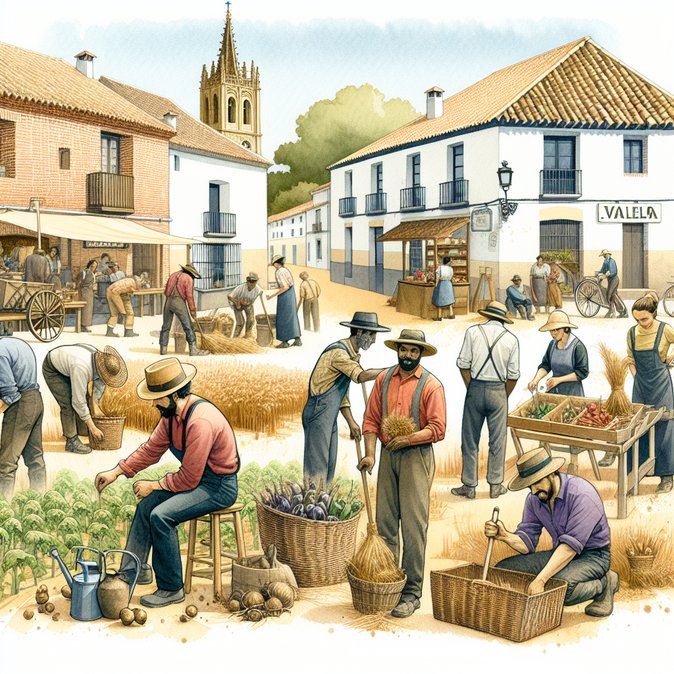
The tiny agricultural municipality of Torre del Burgo (population ≈ 493) made headlines on 1 November after official data suggested that nine out of ten inhabitants are foreign-born—the highest ratio in Spain. While the mayor pegs the year-round share closer to 50 %, seasonal migrant workers from Bulgaria, Romania and North Africa have undeniably revived the local asparagus industry and kept the village school open.
The story underscores how labour-migration flows are reshaping Spain’s “emptied” interior. Faced with ageing demographics and farm-labour shortages, many Castilian municipalities actively court seasonal crews, offering low-cost rentals and simplified padrón registration. Torre del Burgo’s experience mirrors that of Lleida’s fruit belt and Huelva’s berry sector, but the sheer proportion of foreigners has earned it the nickname “Torre del Búlgaro.”
![Guadalajara village with 90 % foreign residents highlights migration’s role in rescuing rural Spain]()
For relocation managers the case illustrates Spain’s growing dependence on circular migration schemes. Companies sourcing talent for rural food-processing plants increasingly bundle language classes, medical coverage and family visas to encourage long-term settlement, a model Madrid hopes to scale under its 2025 Immigration Regulation.
Yet the article also warns that headline percentages can mask transient populations: up to 40 % of workers depart after harvest, challenging local integration efforts. Policymakers therefore face a delicate balance between flexible seasonal permits and incentives for permanent residency that would stabilise social services.
The story underscores how labour-migration flows are reshaping Spain’s “emptied” interior. Faced with ageing demographics and farm-labour shortages, many Castilian municipalities actively court seasonal crews, offering low-cost rentals and simplified padrón registration. Torre del Burgo’s experience mirrors that of Lleida’s fruit belt and Huelva’s berry sector, but the sheer proportion of foreigners has earned it the nickname “Torre del Búlgaro.”

For relocation managers the case illustrates Spain’s growing dependence on circular migration schemes. Companies sourcing talent for rural food-processing plants increasingly bundle language classes, medical coverage and family visas to encourage long-term settlement, a model Madrid hopes to scale under its 2025 Immigration Regulation.
Yet the article also warns that headline percentages can mask transient populations: up to 40 % of workers depart after harvest, challenging local integration efforts. Policymakers therefore face a delicate balance between flexible seasonal permits and incentives for permanent residency that would stabilise social services.










